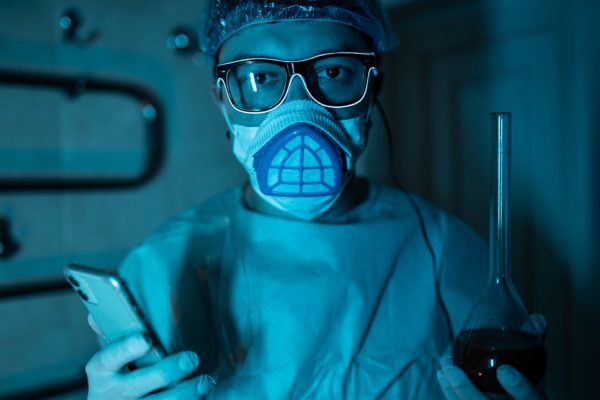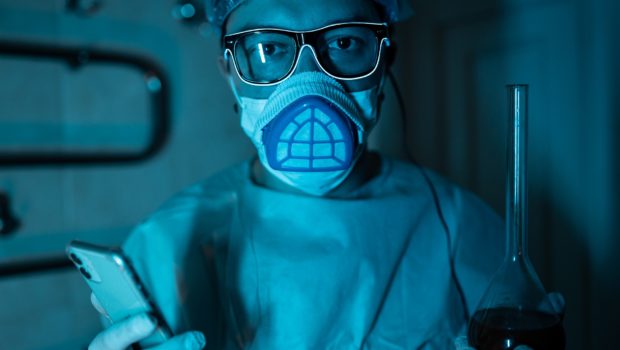Understanding UV Light Technology for Disinfecting
The United States has changed since the COVID-19 pandemic became a national crisis a year ago. During this time, the government and researchers have been working diligently to find the most effective public health tactics.
Disinfection is one of those practical methods. However, questions still remain about the effectiveness of ultraviolet (UV) light, both in general and for the SARS-CoV-2 virus.

UVC for Disinfecting
UV light has three subcategories — UVA, UVB, and UVC. The most common one that people use for disinfecting is UVC. The other two are less effective, and UVB can be harmful to humans. For instance, UVA and UVB rays are often linked to skin cancers. Thus, UVC is the most effective.
Through direct, industrial-grade light, UVC can kill microorganisms including pathogens, microbiota, and mold. The light breaks down the chemical bonds and permanently alters the DNA and proteins of these organisms so they cannot multiply.
UVC light has been in use for years for disinfecting countless materials and tools, especially in medical professions. The more effective UVC light will function at wavelengths in the 200-nanometer range and higher. The light can then kill microorganisms on medical implements, phone screens, and surfaces.
Effectiveness on COVID-19
The first instinct of many researchers and individuals once the pandemic began was to see how effective UVC light would be on the SARS-CoV-2 virus. The answer is that it’s complicated. One study suggests that UVC light can effectively neutralize the germs that cause COVID-19. However, this light is industrial-grade, and consumer UVC lamp products don’t necessarily have the same effectiveness.
When COVID-19 took off in the States, many people turned to UV light to preserve high-demand products like masks. In that sense, this light is effective at removing germs. For bigger-scale disinfection, though, a newer type of UVC light, far-UVC, has proven to be especially effective.
The key difference between the two is that far-UVC isn’t as harmful to human tissue as UVC can be. Upon exposure to the skin or eyes, specifically, UVC can do more harm than good for people.
Far-UVC, though, takes care of the airborne particles of the virus immediately. This kind of technology could theoretically work in public spaces. Upon entering a restaurant or hotel, for instance, far-UVC lights could disinfect the air.
It’s a promising step forward but still comes with some drawbacks.
Pros and Cons
UVC is one of the many technologies making a positive impact on the world during this pandemic. It’s effective on surfaces and can help with the airborne transmission of the virus.
Together, these two forms of disinfection will aid the protocols already in place — like wearing masks, social distancing, and getting vaccinated. However, they can’t be considered a cure-all solution by themselves.
The biggest downside for consumers is that far-UVC light — and UVC lamps — are not as effective as industrial-grade versions. Additionally, while far-UVC light can kill the virus’s germs shortly after someone produces them, it may not be sufficient for germs that have been lingering for a while.
Some UV products may also contain mercury, which is harmful even in small doses. When consumers use them, they’ll have to be cautious and properly dispose of them if there’s damage.
For now, UVC and far-UVC will continue to be useful on smaller scales instead of a national protection tactic. However, usage will likely increase with more organizations and businesses doubling down on regular sanitation practices.
UV Light Tech Is Here to Stay
UV light has been around for decades, and it’s going to stick around for many more. As vaccines for COVID-19 become more widely available, UVC and far-UVC will continue to be vital resources for disinfection. Any contribution helps in the fight against the pandemic. UV light is an additional layer of protection that the world needs.




![20+ Sweet Reasons to Spread Gift Love on Festive Season [Infographic]](https://technofaq.org/wp-content/uploads/2018/02/20-Sweet-Reasons-to-Spread-Gift-Love-on-Festive-Season-150x150.png)






